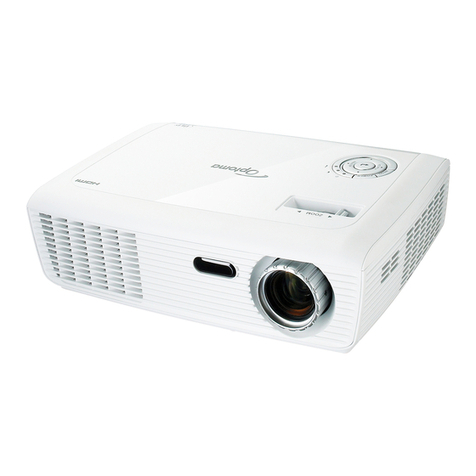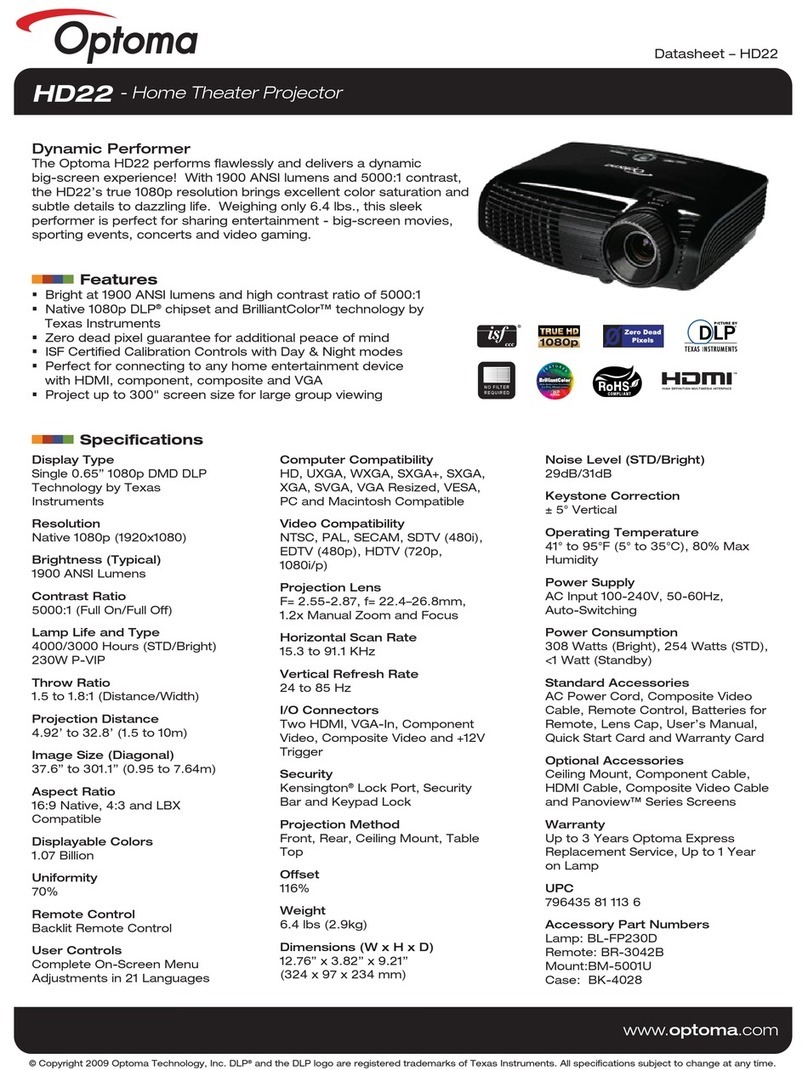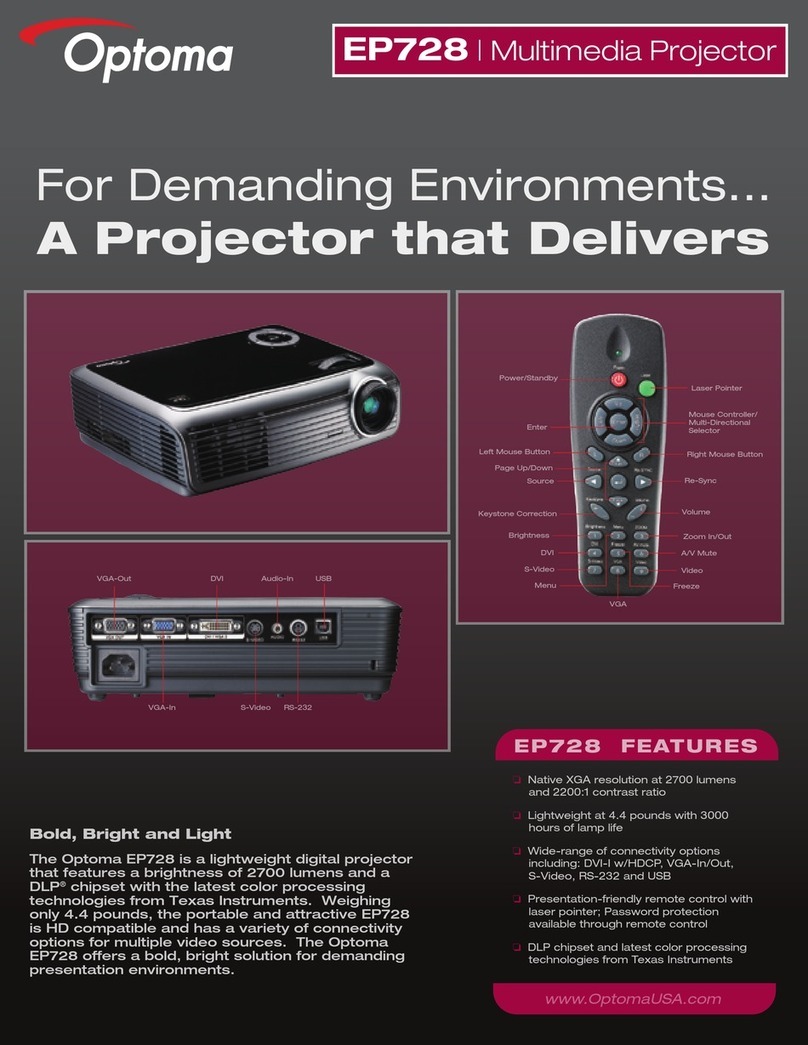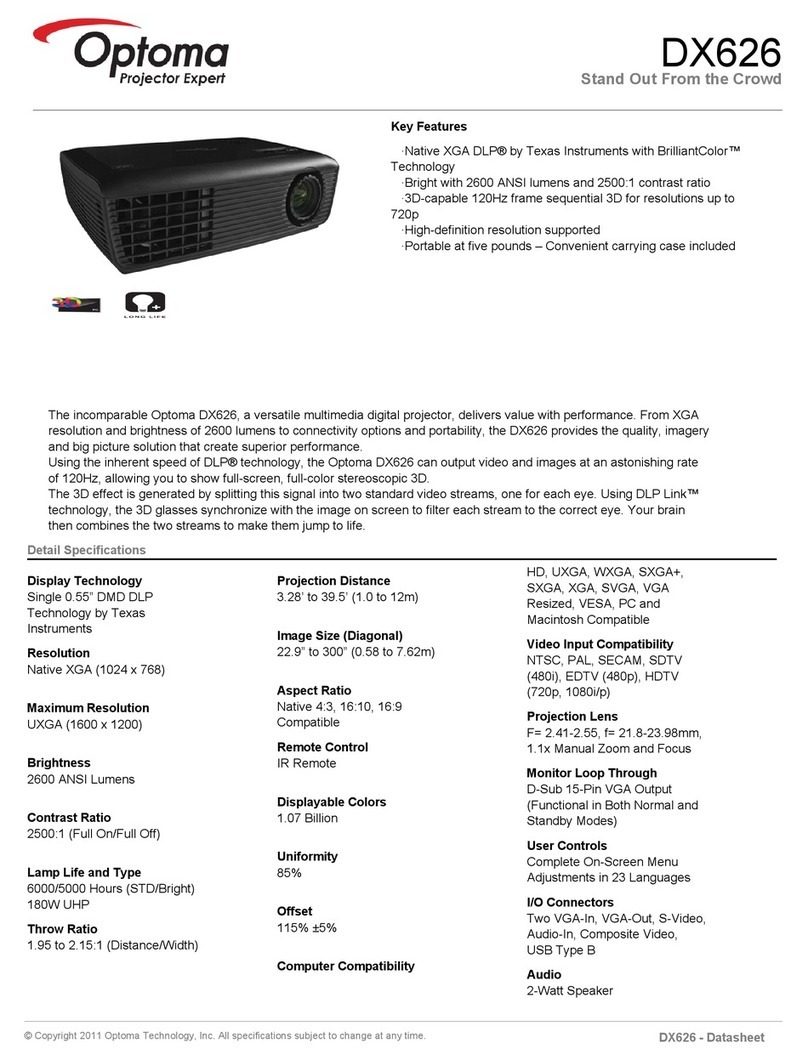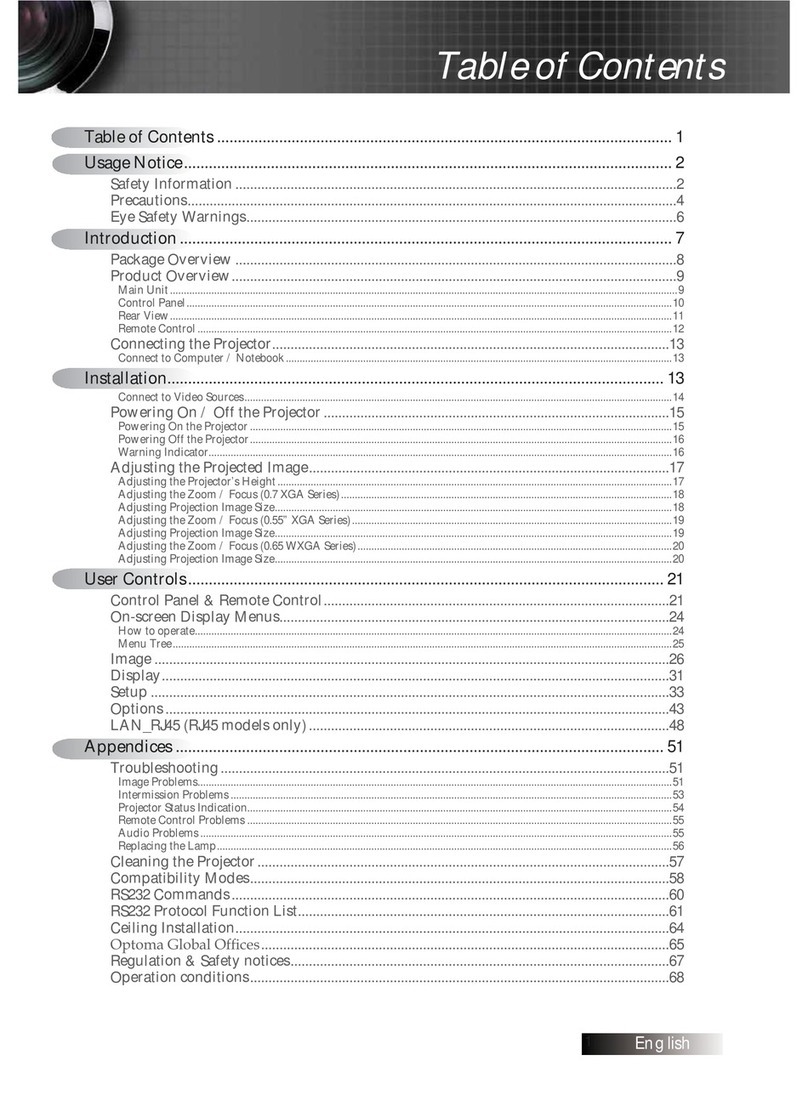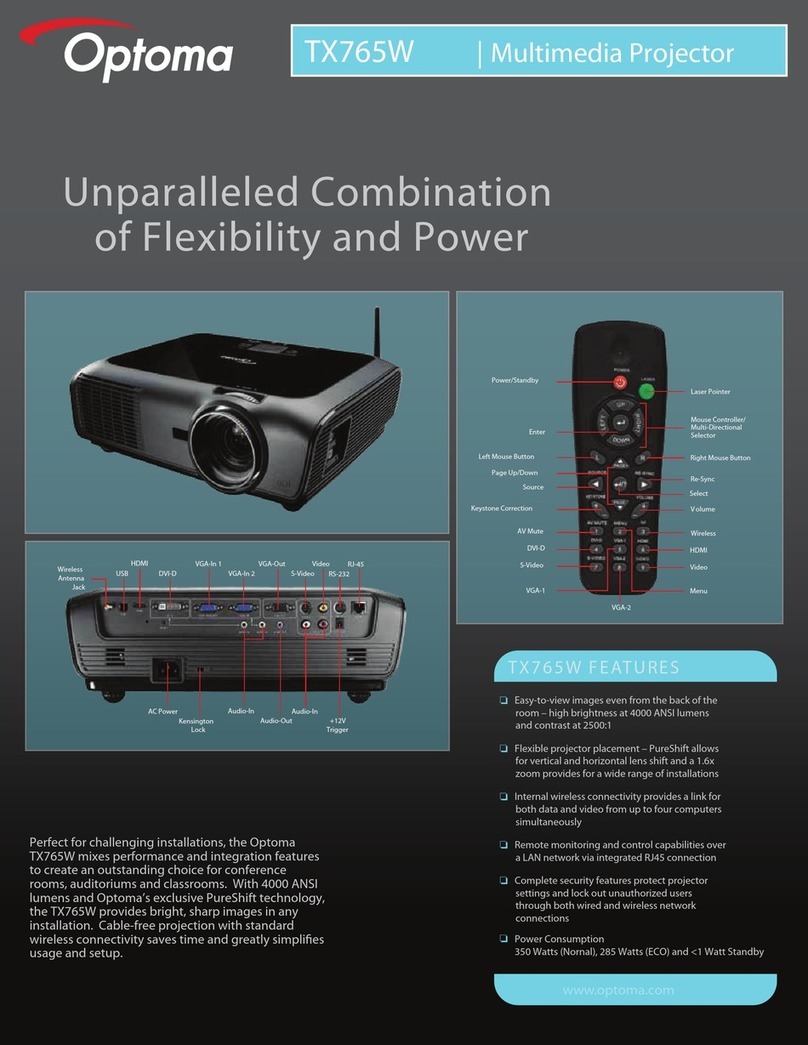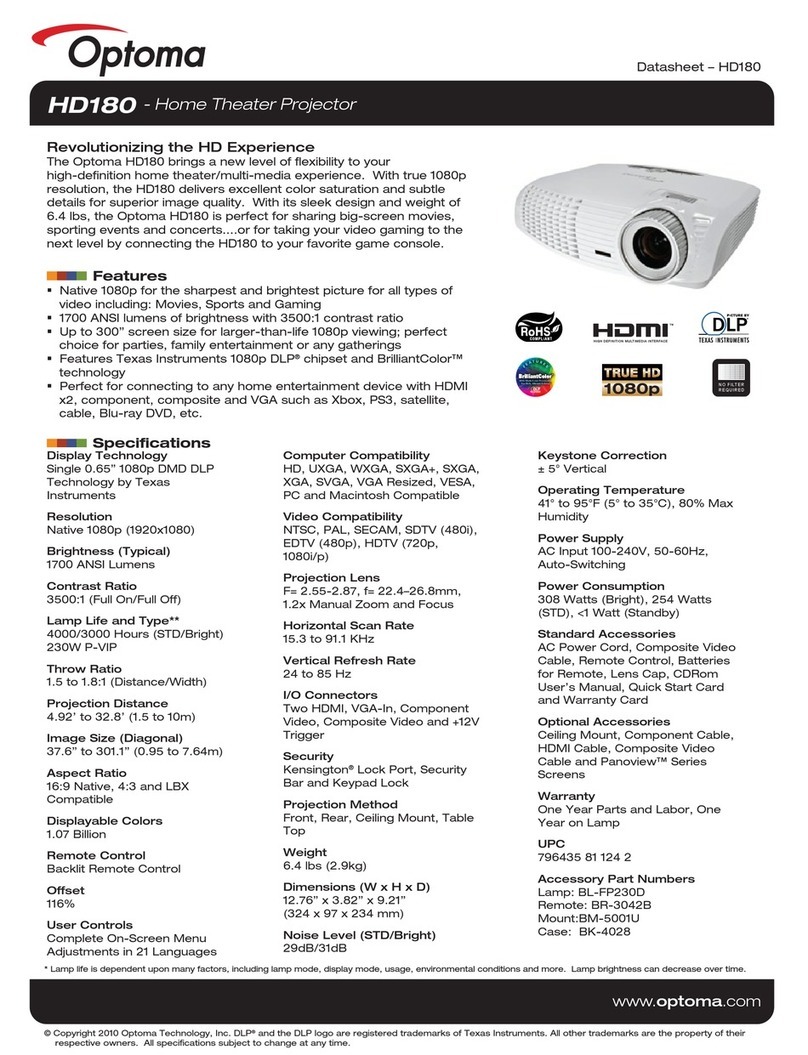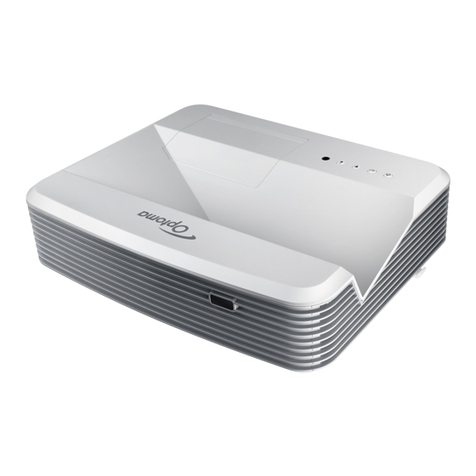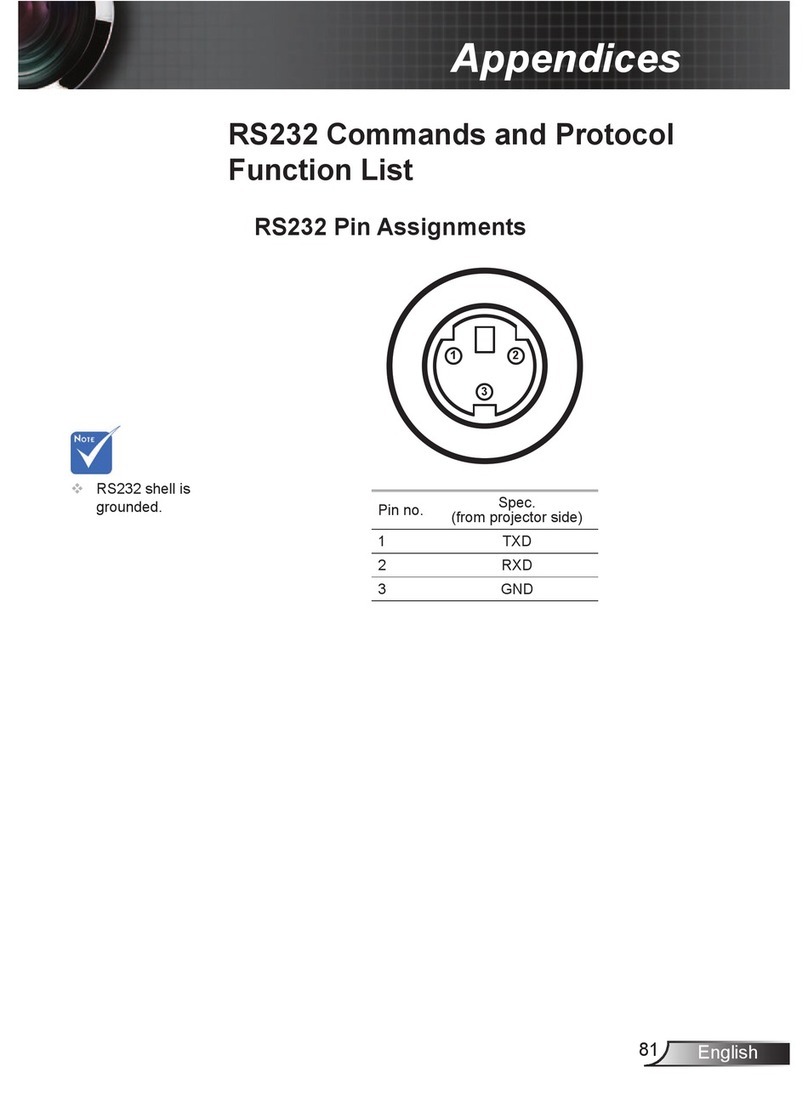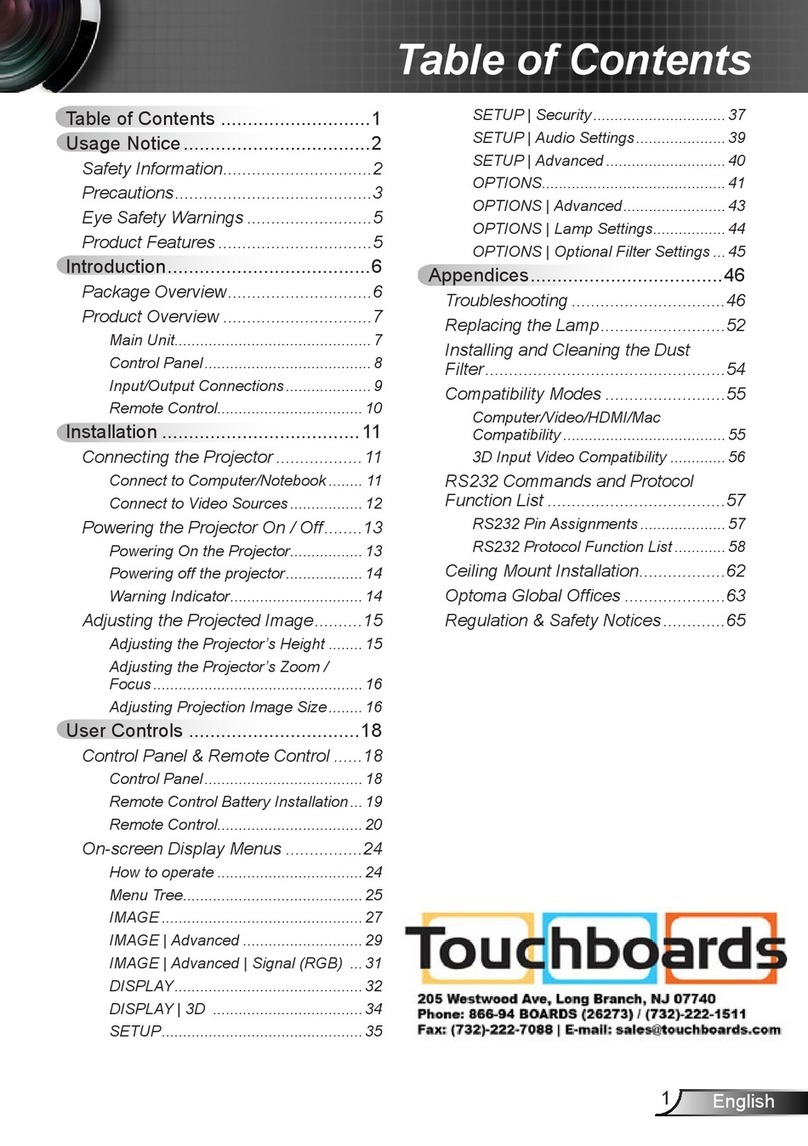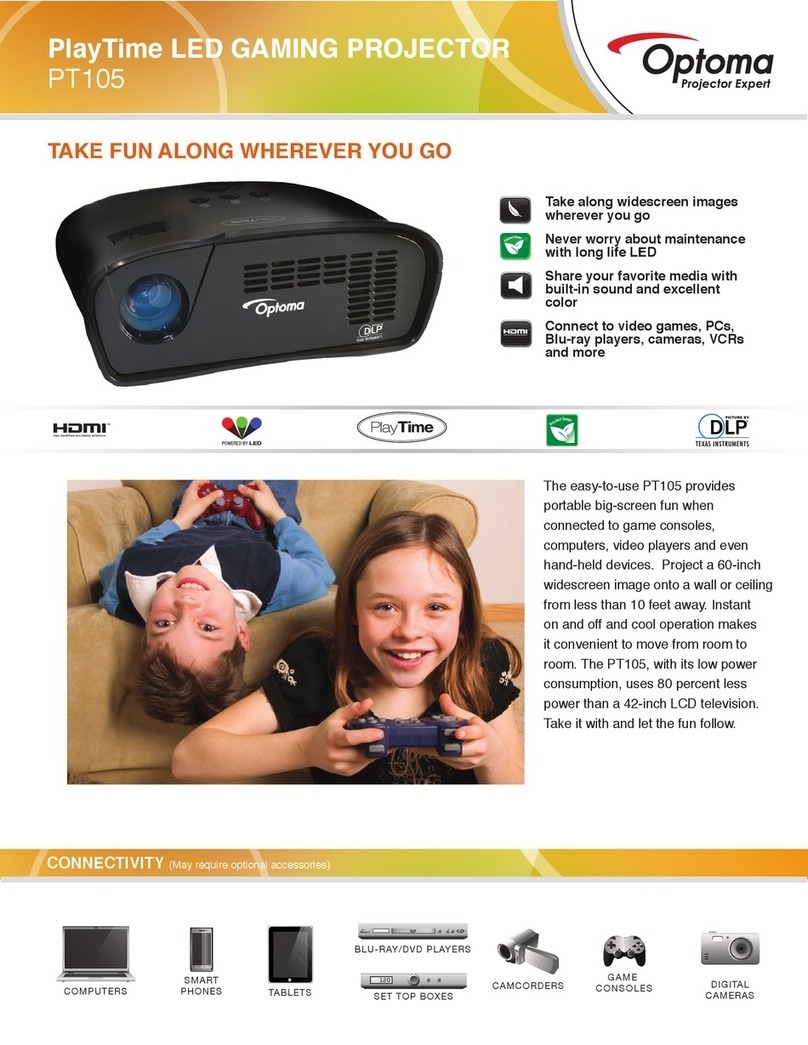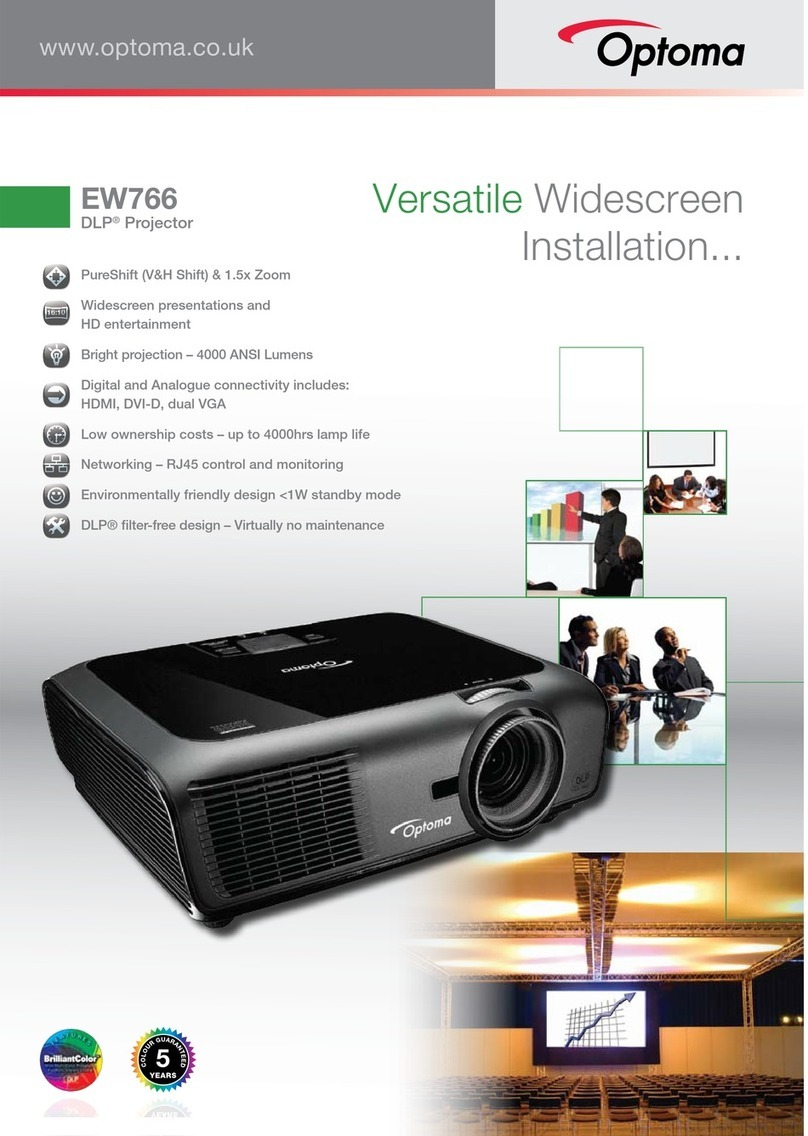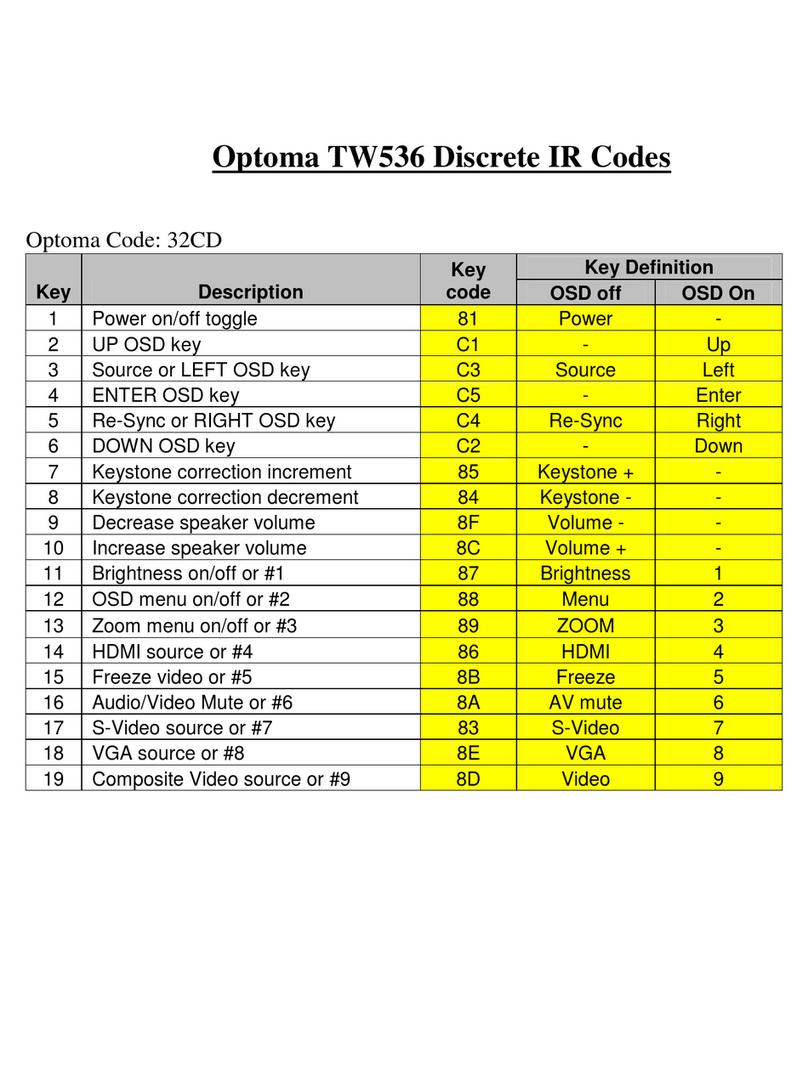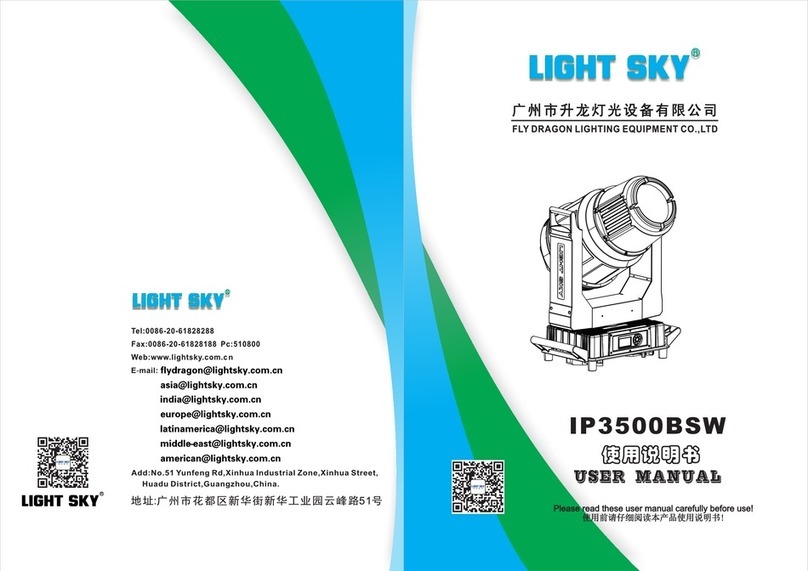奇菱光電股份有限公司 Chi Lin Optronics Corp.
Doc. No CS-72601
Version A3
Title
CHT-726 Level 1 Service Manual
Page
4 / 75
Contents
1. Purpose..........................................................................................................................5
2. Definition of service level.............................................................................................5
3. Specification..................................................................................................................5
4. Structure of the Product..............................................................................................6
4.1 I/O Interface ........................................................................................................... 6
4.2 Exploded View (attached as Appendix II) ............................................................. 7
4.3 Detail description of parts shown in 4.2 Product exploded View.......................... 8
4.4 Composition of Level 1 Modules (Parts)............................................................... 9
5. Troubleshooting .........................................................................................................11
5.1 Troubleshooting Table ………………………………………………………….11
5.2 Block Diagram ………………………………………………………………….14
6. Service Mode...............................................................................................................15
6.1 Options: ................................................................................................................ 15
6.2.1 Video Formatter ........................................................................................... 15
6.2.2 DLP Vsync ................................................................................................... 15
6.2 Test Patterns:........................................................................................................ 16
6.2.1 DLP Test Patterns ........................................................................................ 16
6.2.2 Lens Checkerboard....................................................................................... 21
6.2.3 4 X 4 Checkerboard ..................................................................................... 21
6.2.4 Scaler Test Patterns ...................................................................................... 22
6.3 Adjust CW............................................................................................................ 23
6.4 CW Index ............................................................................................................. 23
6.5 VGA Auto Calibration ......................................................................................... 24
6.6 MST 9888 Comp YPbPr ...................................................................................... 24
6.7 AD9882 VGA RGB ............................................................................................. 24
6.8 SAA 7118............................................................................................................. 25
6.9 DLP RGB Gain Offset ......................................................................................... 25
7. Firmware Updade ......................................................................................................26
8. Replacement Procedure (Disassembly & Assembly)..............................................28
8.1 Replace The Lamp module .................................................................................. 28
8.1.1 Resetting Lamp Timer.................................................................................. 29
8.2 Replace Cooling Fans .......................................................................................... 31
8.2.1 Replace The Front Axial Fan ....................................................................... 33
8.2.2 Replace The Rear Axial Fan ........................................................................ 36
8.2.3 Replace The Blower Fan.............................................................................. 39
8.3 Replace The Keypad ............................................................................................ 48
8.4 Replace The Control Board.................................................................................. 51
8.5 Replace The Connection Board ........................................................................... 54
8.6 Replace The Video Module, The I/O Board, The Ballast, The Thermal Sensor,
and The Power Module ........................................................................................................ 57
8.7 Procedures for the video module adjustment....................................................... 71
Appendix I : Spare Parts List for CHT 726..........................................................................75
